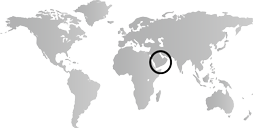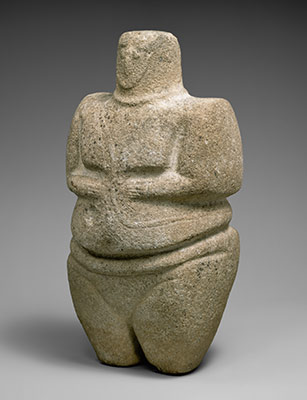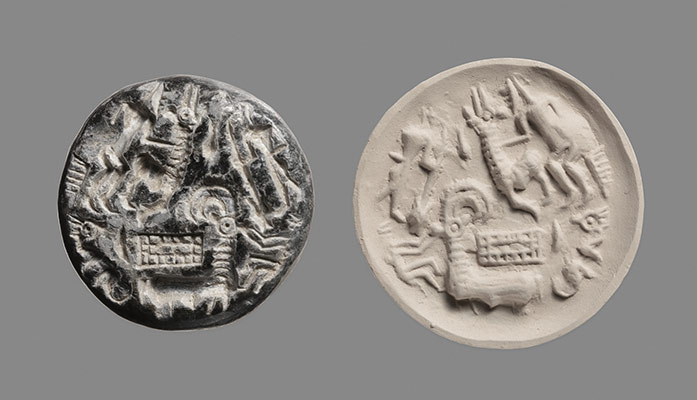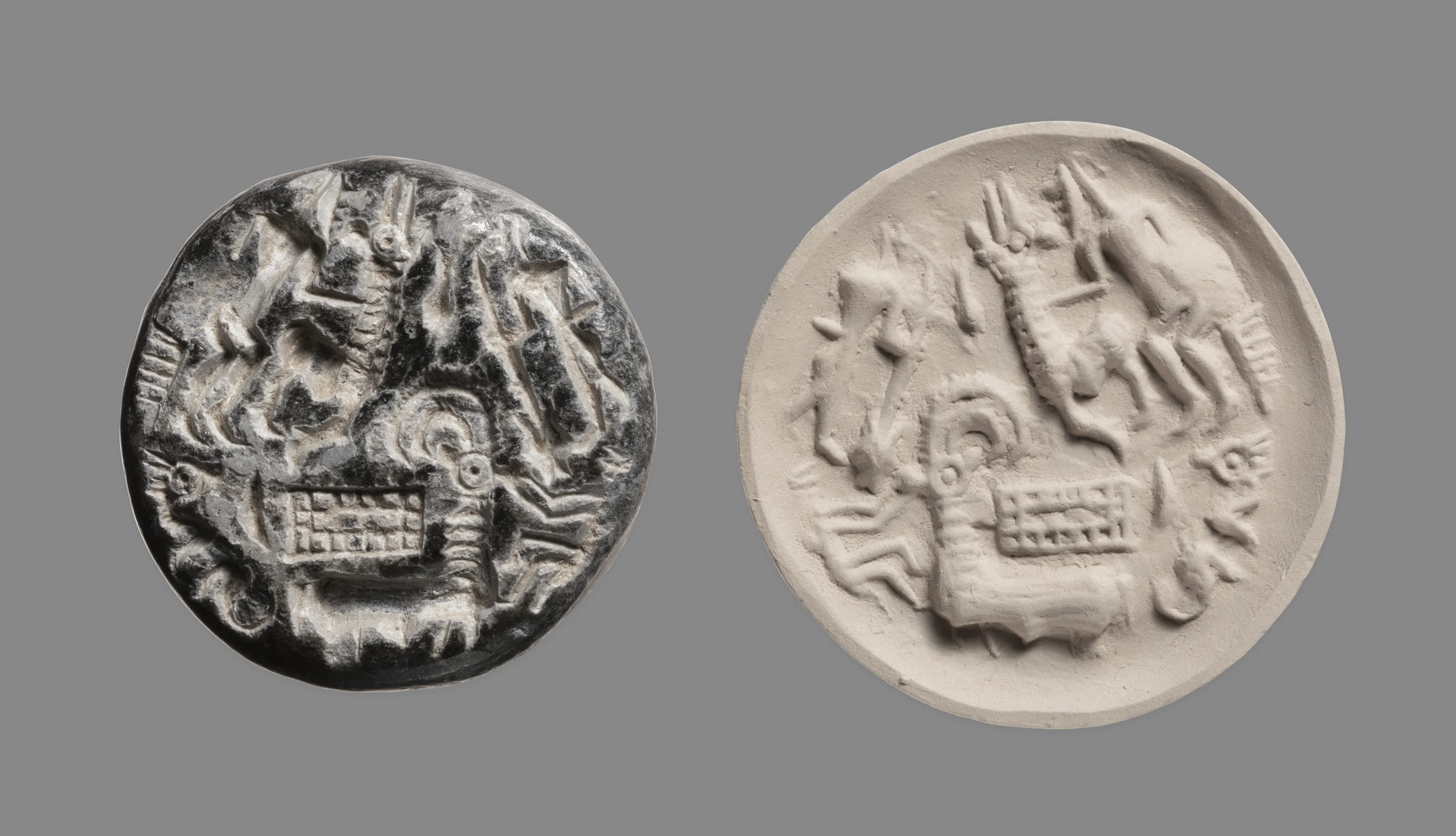The first 300 years of the second millennium B.C. mark the height of Dilmun’s prosperity and the greatest geographical expansion of its culture. The island of Failaka is settled soon after 2000 B.C. Trade along the Gulf declines following unrest in Mesopotamia with the collapse of Hammurabi’s kingdom and the Indus Valley civilization. Sources of copper from Anatolia and Cyprus now undercut Gulf supplies to Mesopotamia. From around 1500 B.C., the Kassite rulers of Babylonia extend their power along the Gulf—a governor is established on Bahrain (his official correspondence is found at Nippur). In 1225 B.C., the Kassites are defeated by the Assyrian king Tukulti-Ninurta I, who takes the title “king of Dilmun and Meluhha.”
Arabian Peninsula, 2000–1000 B.C.
Timeline
2000 B.C.
1750 B.C.
1750 B.C.
1500 B.C.
1500 B.C.
1250 B.C.
1250 B.C.
1000 B.C.
Overview
Key Events
-
2400–1700 B.C.
Hundreds of tumuli on Bahrain represent the largest burial site of the Bronze Age. Men, women, and children are buried as individuals with ceramics, personal ornaments, copper weapons and cups, and stone vessels.
-
2200–1800 B.C.
The Gulf is the locus of trade routes linking Mesopotamia and the Indus Valley civilization. The most distinctive products of this trade are Persian Gulf circular stamp-seals decorated with animals and abstract motifs. Some show a humped bull with an Indus inscription above it. Normally made of soft stone, they are characterized by a high back boss, always pierced horizontally for suspension. From around 2000 B.C., the Persian Gulf–type seals are superceded by the so-called Dilmun seal, characterized by a low boss decorated with three parallel incised lines down the middle running perpendicular to the perforated boss.
-
ca. 2000–1800 B.C.
There are three rebuildings over several centuries of a monumental temple centered on a freshwater spring at Barbar on Bahrain. The building consists of a parallelogram-shaped platform up to 23 meters on one side built of small pieces of unworked stone. The second rebuilding uses well-cut limestone blocks quarried on nearby Jidda Island. Objects buried in the foundations include a copper bull’s head.
-
ca. 1300–1100 B.C.
Urban settlements are established at oases such as Qurayya and Tayma’ in northwest Arabia.
Citation
“Arabian Peninsula, 2000–1000 B.C.” In Heilbrunn Timeline of Art History. New York: The Metropolitan Museum of Art, 2000–. http://www.metmuseum.org/toah/ht/?period=03®ion=wap (October 2000)
Related
Map




